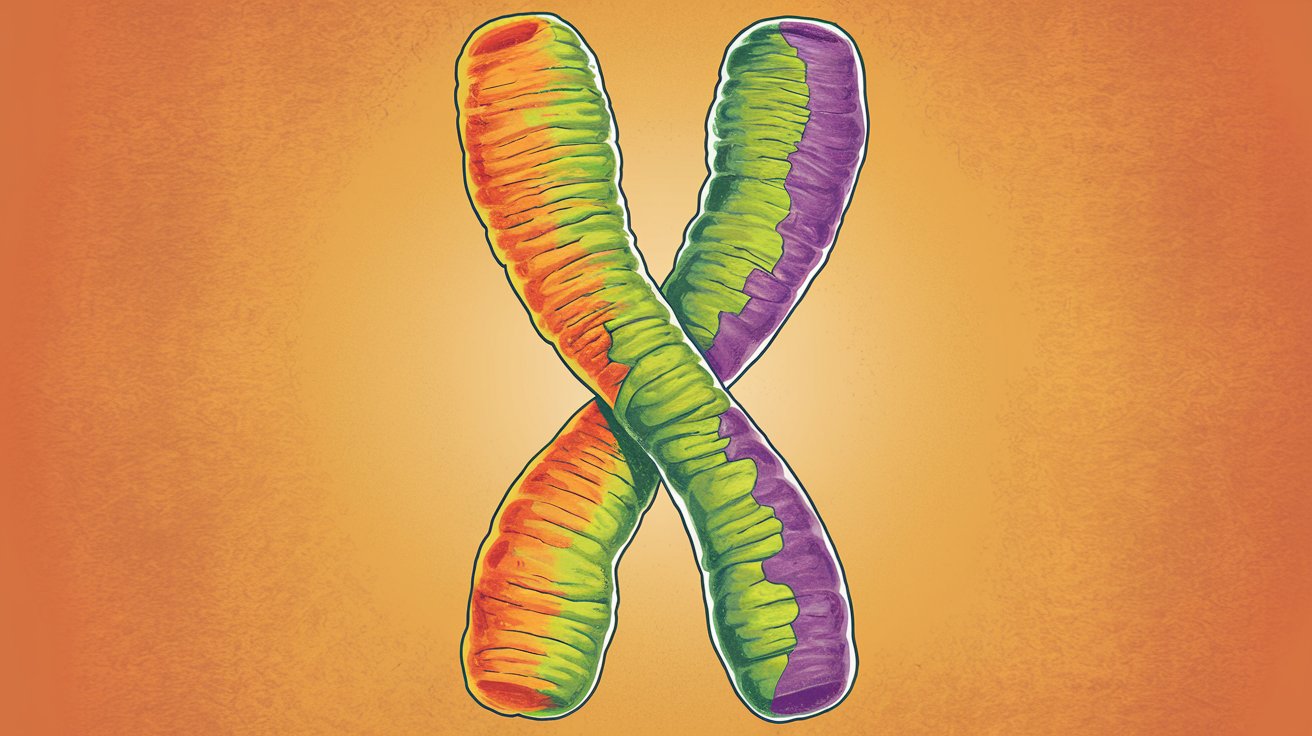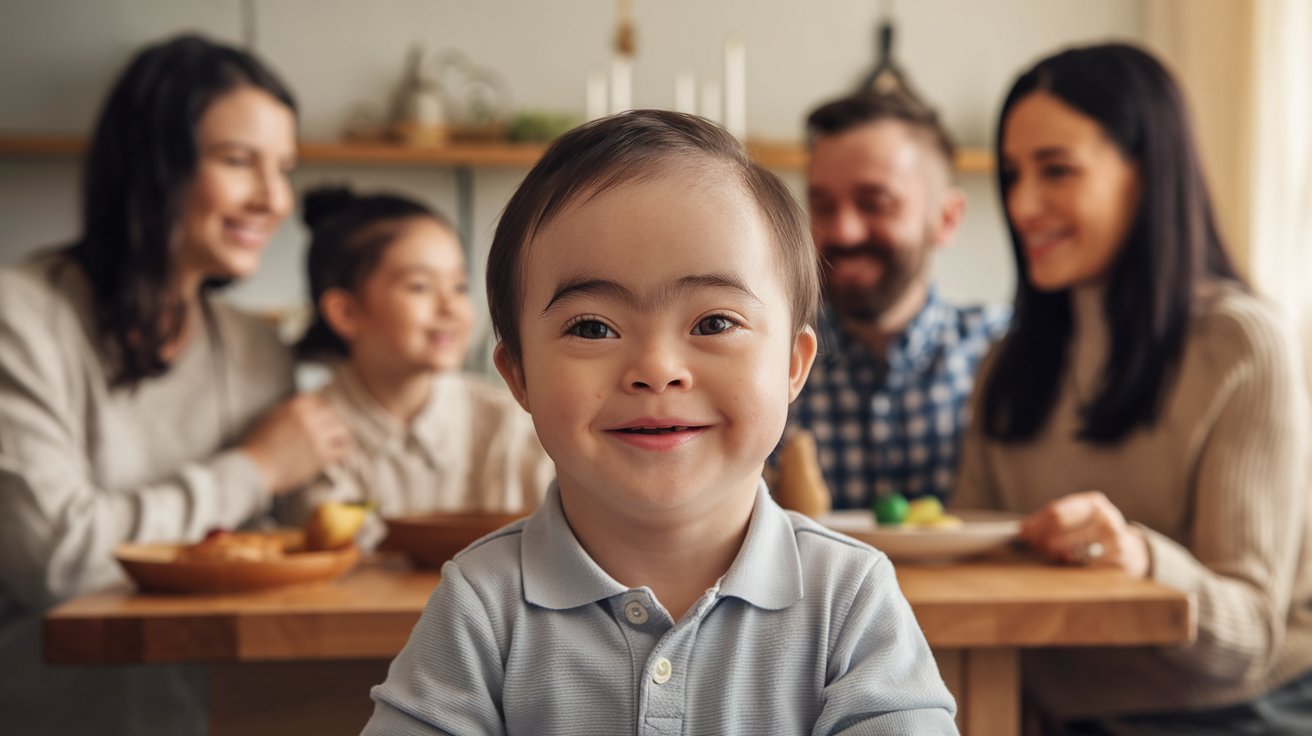Picture a life filled with challenges that call for extra love, support, and care. Down Syndrome is just one example of such a genetic disorder that occurs in about 800,000 live born children globally. So what is it and how can we support people who suffer from this disorder in the way which will enable them to live their lives as fully as possible?
Down Syndrome, commonly known as Trisomy 21 is a disease that results from an additional copy of chromosome 21. This extra genetic material impacts on the physical and the intellectual ability of a child. It is a lifelong disorder but with proper support and care, negatively impacted lives can be improved for those suffering from this disease.
Causes of Down Syndrome

Down Syndrome arises during cell division when an extra chromosome 21 is created. The reasons behind this occurrence are not entirely understood, but certain factors can increase the likelihood:
❖ Maternal Age: The risk of having a child with Down Syndrome increases as the female partner is 35 years and above.
❖ Genetic Factors: Other factors are associated with the parents who has/ have genetic translocations involving chromosome 21.
Types of Down Syndrome
Understanding the types of Down Syndrome can help you grasp its variability:
❖ Trisomy 21: This has a prevalence of approximately 95%; every cell in the body contains an additional chromosome 21.
❖ Translocation Down Syndrome: This happens when some of the material from chromosome 21 is transferred to (translocated with) another chromosome.
❖ Mosaic Down Syndrome: A type in which some of the cells possess an additional chromosome 21 causing less severity of the disease.
Symptoms of Down Syndrome

The signs of Down Syndrome vary widely, but some common characteristics include:
Physical Features:
❖ By almond-shaped eyes coming up slanting upward.
❖ The marked prognathism, decreasing significantly the prominence of the face – with a flat profile and small ears.
❖ A single, broad transverse fold on the palm.
Developmental Delays:
❖ Delayed developmental steps in terms of sitting, walking or even speaking.
❖ Learning disabilities across a moderate spectrum.
Health Issues:
❖ Congenital heart defects.
❖ Hearing and vision problems.
❖ Thyroid disorders andimmunity toinfections.
Diagnosis of Down Syndrome
It is for this reason that early recognition is important so as to help in planning the care that will be provided. Diagnostic methods include:
Prenatal Tests:
❖ Screening Tests: Abnormal blood tests during pregnancy and foetal ultrasound predict Down Syndrome.
❖ Diagnostic Tests: Amniocentesis and chorionic villus sampling (CVS) are diagnostic but each comes with risks to the unborn child as well as the mother.
Postnatal Diagnosis:
❖ Visible symptoms at birth may lead to chromosomal testing in order to confirm the diagnosis.
Challenges Faced by Individuals with Down Syndrome
Living with Down Syndrome comes with its own set of challenges, including:
❖ Social Stigma: Lack of understanding of its capacities brings intolerance and rejection to them.
❖ Health Risks: Under some circumstances, people have long-term illnesses and to manage it they need regular check-ups and treatments.
❖ Learning Difficulties: There may be some educational needs that may warrant the need for special learning methods and teaching aid.
Supportive Care for Individuals with Down Syndrome

Normal ability and impairment that a Down Syndrome individual present differ from one individual to the next. Here's how families, communities, and professionals can provide effective support:
Early Intervention Programs
❖ Speech, occupational and physical therapies can help to build skills as well as confidence.
Educational Support
❖ The learning environment of inclusive classrooms or specially schools could allow people to get academic abilities.
❖ IEPs is very important here.
Health Management
❖ Dental and physical examination of the ears, eyes, and heart in particular.
❖ Knowledge about diseases such as sleep apnea and hypothyroidism.
Social Inclusion
❖ Promote bodily interaction within context to community related functions.
❖ The sooner you raise awareness of a particular disease, condition or disorder the sooner this knocks out prejudice.
Parenting a Child with Down Syndrome
Child care becomes a challenge for parent raising a Down Syndrome child at first, but it is a rich and enlightening experience. Here are some tips for parents:
❖ Educate Yourself: You will find more about the condition so that you are in a best position to comprehend your child.
❖ Join Support Groups: Most parents with a child with a disability may require the support of other families.
❖ Focus on Strengths: Always encourage and congratulate your child for his / her accomplishments no matter how little they may seem.
Inspiring Stories of Individuals with Down Syndrome
Down Syndrome break stereotype prejudice and people get motivated by the strength and success of Down Syndrome individuals. For instance:
❖ Megan Bomgaars, a public speaker, works on the cause of inclusion and ability.
❖ Chris Nikic, being the first person in Down Syndrome, to swim, cycle and run in Ironman triathlon, was unstoppable.
Why Awareness Matters
Awareness creation of Down Syndrome helps people accept those affected by the condition. Here’s how you can contribute:
❖ Support activities such as March 21 world down syndrome day.
❖ Educate the public in order to demystify the myths and breakdown stigma.
❖ Support organizations working to improve the lives of those with Down Syndrome.
For such more related content don't forget to check out our blogs on Treatments.
Conclusion
Instead, Down Syndrome should be regarded not just an illness, but also a path of victory, affection, and tolerance. Of course, there are still numerous problems that one face when being Down Syndrome but in case with reasonable care and appropriate treatment everyone can have proper life. By promoting and supporting social diversity, we can make sure that everyone, within the disabled fraternity is able to show his or her best.
Thus, how do you fit the puzzle in and be part of the process of building a world that is diverse? Before we proceed let us stop to promote awareness, and the need for everyone to be given equal rights. Combined, we can contribute to the solution.

